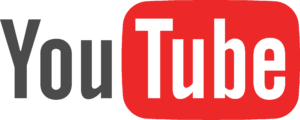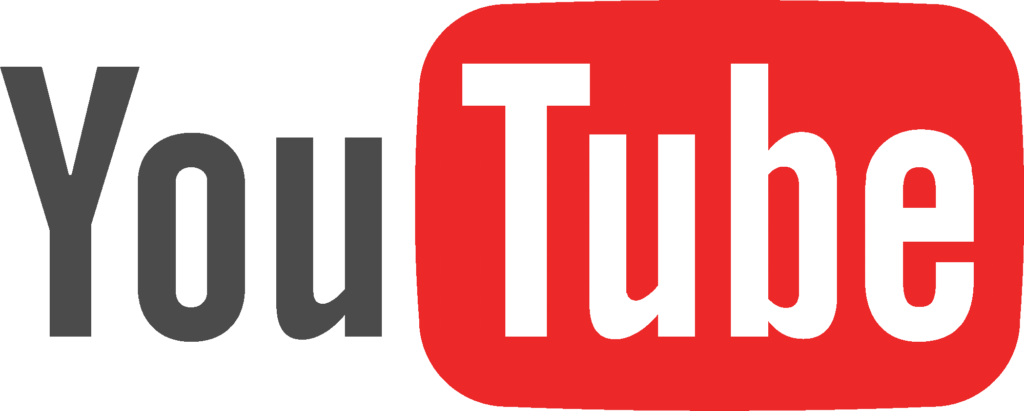 YouTube is testing a new subscription music service that will charge people in exchange for the ability to watch and listen to music without ads and download the music to their mobile devices.
YouTube is testing a new subscription music service that will charge people in exchange for the ability to watch and listen to music without ads and download the music to their mobile devices.
The inevitable streaming service has found itself embroiled in controversy, however, when it’s head of content and business operations, Robert Kyncl told the Financial Times that the service will block videos any from labels that do not sign licensing agreements for the new premium tier. The news caused outrage among independent labels, who collectively account for over 30% of the industry’s sales.
The Google-owned company will begin blocking videos “in a matter of days” according to Kyncl, to ensure that content on the platform is governed by it’s new contractual terms. The European Commission is already investigating a complaint by more than one organization, including the Worldwide Independent Network, WIN for short, that Google is using it’s dominance to attempt to force the smaller labels into unfavorable terms or risk being blocked.
“They have suffered a simple but catastrophic error of judgement in misreading the market,” WIN chief executive Alison Wenhan told The Guardian.
The vast majority of blues music record labels are independent, meaning that the controversy could potentially have grave impacts on people’s abilities to watch some blues videos on YouTube.
Independent labels are concerned that, without any collective bargaining power, they will be throttled by an inability to negotiate better rates. To that end, many labels have set up licensing agency Merlin to give them a collective bargaining power in negotiations. Merlin estimates that indies collectively account for a significant 32.6% market share of the recorded music industry’s sales and streams.
Realistically, a subscription service from YouTube could mean a powerful new stream of revenue for artists. YouTube has remained a popular outlet for consuming music, and a premium service allows artists to capture money from listening subscribers. Nielson reported that roughly 7% of the population use YouTube to discover and listen to music, while a whopping 64% of the teen demographic do.
Since it was acquired by Google in 2006, YouTube has paid out more than one billion dollars to the music industry through licensing deals that give rights holders a share of advertising revenue. That figure, Kyncl says, is going to double soon.
YouTube won’t disclose the terms of either agreements with three major record labels or with the independent labels, so the public is unable to determine if or what exactly the disparity between the contracts is. So for now, the battle will continue to rage on.


